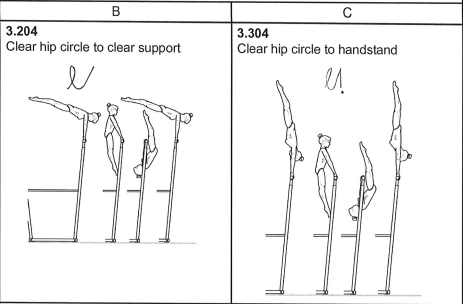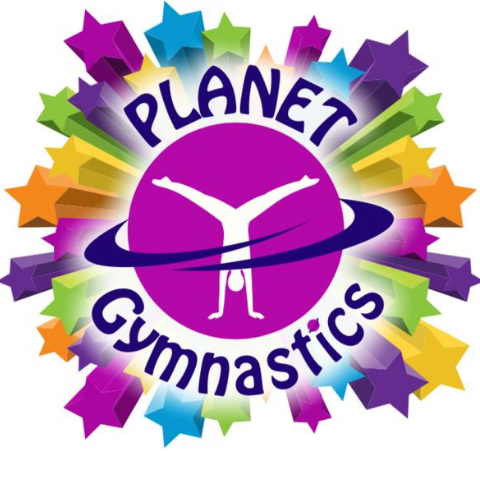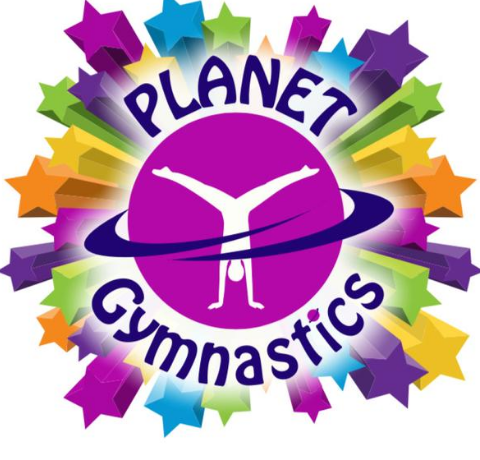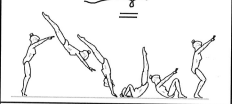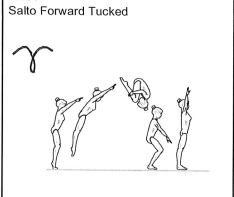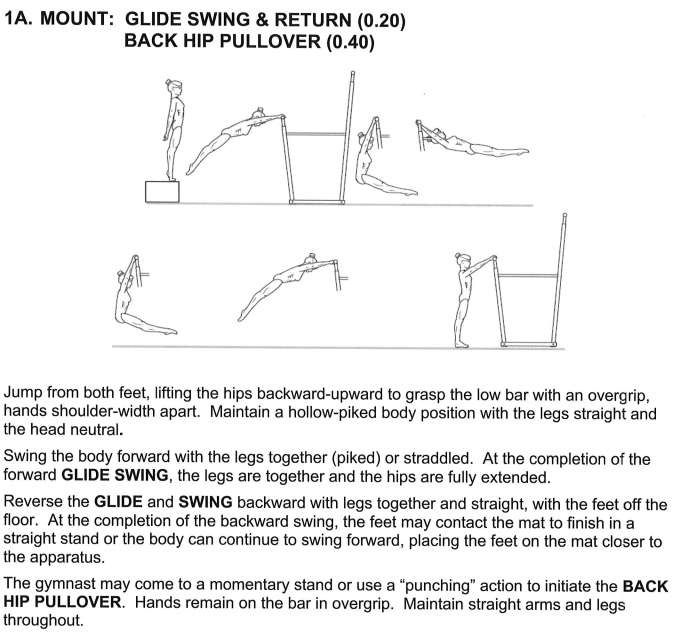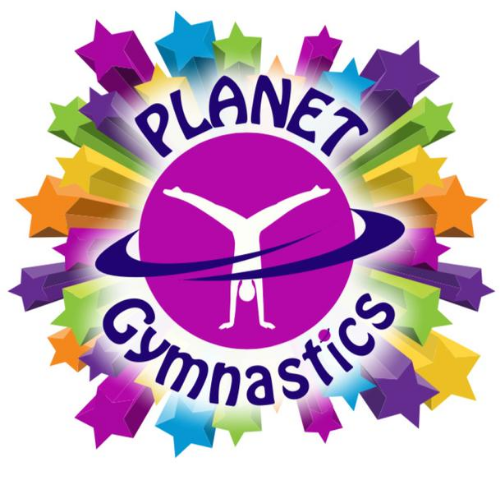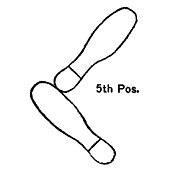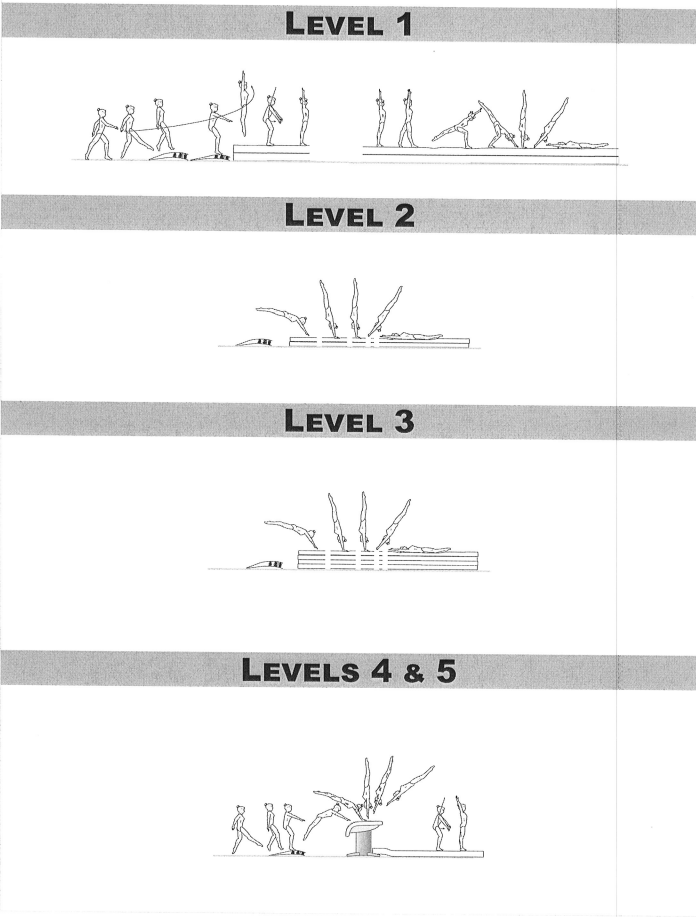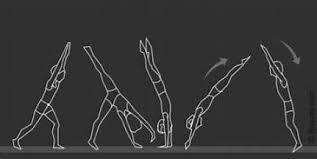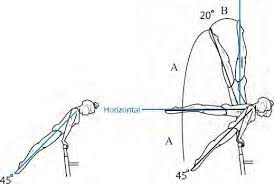The backward roll is one of the most important fundamentals in gymnastics; this skill teaches backward rotation and is a basis for high-level bar skills. The work on this skill begins in preschool classes, and the technique taught to the gymnast will affect the quality of future skills.

The first progression for backward rolls varies by instructor; some coaches prefer to teach a backward roll with straight arms right away as opposed to bent arms. The reason for this preference is due to all progressions after being done with straight arms, therefore, keeping consistency. At the preschool age, the emphasis should be placed on continuous motion and pulling their hips over their shoulders.
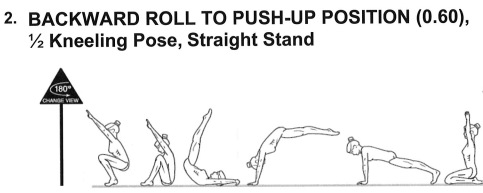
Next in the progressions is a straight arm roll to push up position. In this progression, the emphasis should be placed on holding a candlestick shape throughout the skill and reinforcing that continuous motion from the previous progression.
Variations on this skill can include going to a standing pike, which forces the gymnast to open their shoulders more, which is needed in the back extension roll.

When the gymnast is ready, they will start on back extension rolls. This skill is important in developing high-level bar skills, such as a clear hip circle. The emphasis at this stage should be placed on a strong shoulder opening and maintaining a tight body shape from the candle stick phase to the handstand phase.
